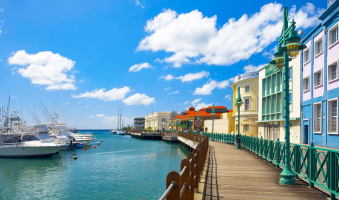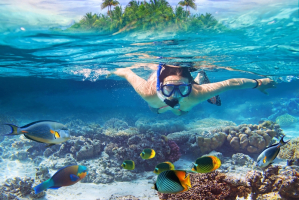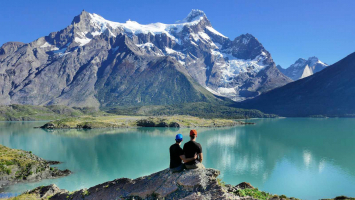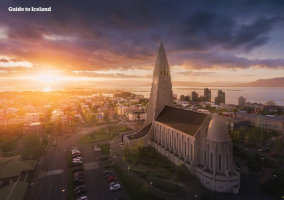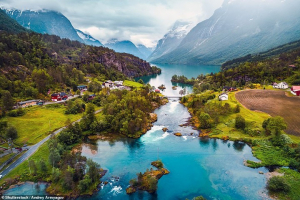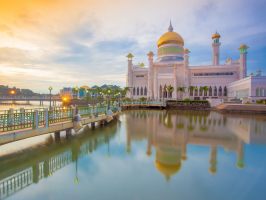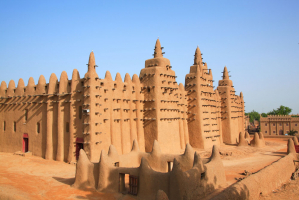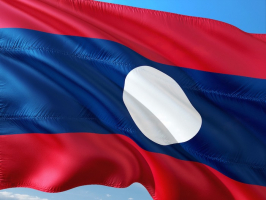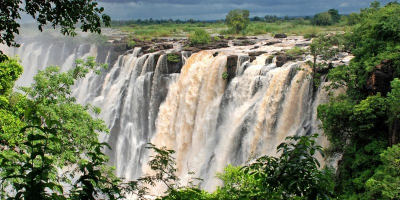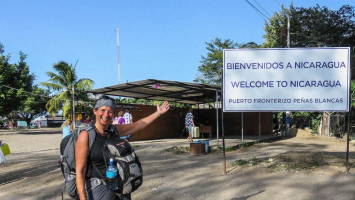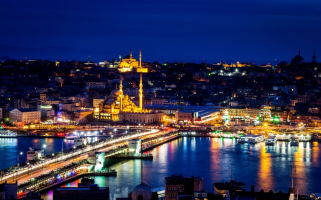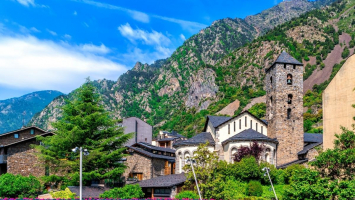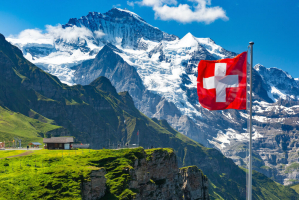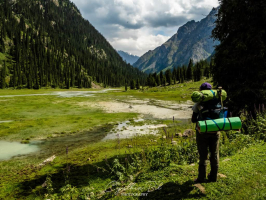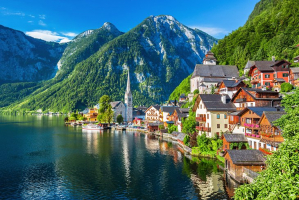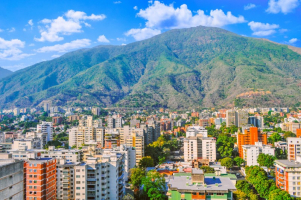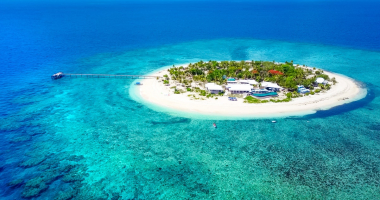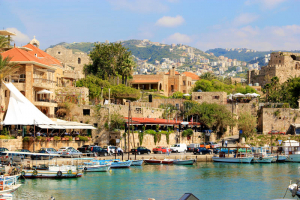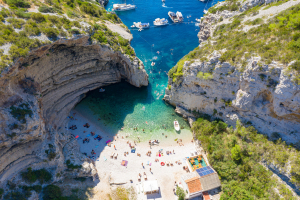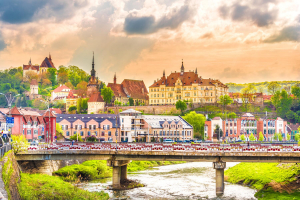Top 13 Things About Guam You Should Know
Perhaps you're considering taking it a step further and relocating to the island of Guam. If that's the case, there are a few things you should be aware of ... read more...before diving in. Toplist polled our DeWitt Guam team and asked them to provide one piece of advise they would give to a friend considering relocating to Guam. There are top 13 things about Guam you should know .
-
Although Guam's main street is lined with high-rise resorts, how come you may not know someone who has stayed in one? Because getting there from the rest of the US isn't simple or inexpensive. Round-trip prices of $1,000 or more are common, and you'll have to change aircraft in Honolulu or possibly Japan because there are no direct flights from the mainland. As a result, the majority of visitors are Asian tourists, mainly from Japan and South Korea. They flock here by the planeload to stock up on Uncle Sam's well-known products. The malls, in contrast to Guam's environment, are anything but lonely.
Tumon Bay is as known as Waikiki. Waikiki is a popular tourist attraction in Hawaii, with a stretch of beach and a variety of restaurants right on the beach. Tumon is often called "little Waikiki" because of its similarity to Waikiki. Rymon is also known as "Mini Waikiki" because of the fire dances and Chamorro shows that take place on the beach. Tumon's northern portion is a tourism hotspot because it houses the majority of the hotels. As a result, infrastructure is constantly being improved, including high-rise building upgrades. Creating new shopping malls. The largest tunnel aquarium in the world, Daring Slingshot, and the Magic on Ice Show at the Sand Castle are all located in this area of Tumon.
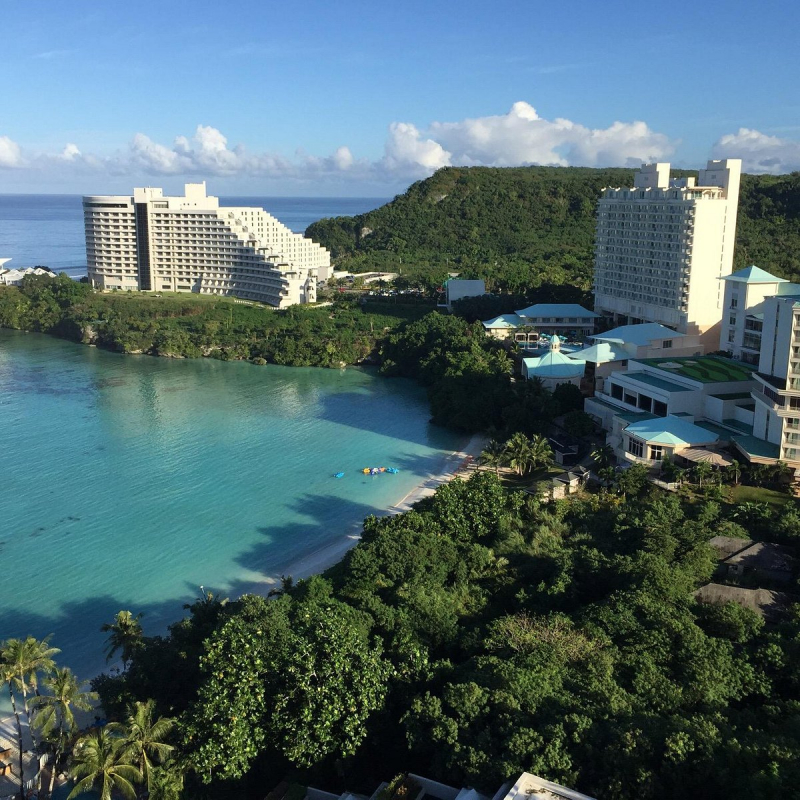
Source: lonelyplanet.com 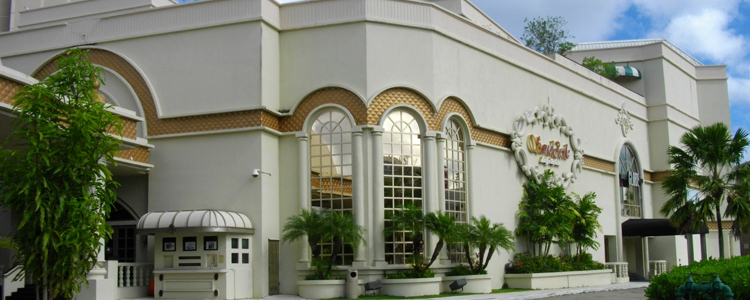
Source: mariott.com -
Guam's weather is consistently pleasant for a tropical location—the average temperature is 86 degrees Fahrenheit (30 degrees Celsius) all year, and the rainy season runs from July to November. It's easy to see why an island with only 168,000 residents attracts 1.4 million tourists each year. Typhoons also strike from time to time, however, due to US government regulations, most buildings are made of concrete rather than wood, which has helped the island weather numerous storms.
Guam has a tropical climate that is hot and humid throughout the year. Guam is a US-managed island in the western Pacific Ocean, halfway between the Equator and the Tropic of Cancer; it is part of Micronesia geographically. The temperature is extremely consistent throughout the year, averaging 30/32 °C (86/90 °F) during the day and 24/25 °C (75/77 °F) at night. Rainfall totals over 2,000 millimeters (80 inches) every year; the rainiest months are July to November, while the driest is January to April when showers and thunderstorms are still common. Guam's sunshine isn't great, but it's tolerable or good from January to June; from July to December, when it's the wettest, it's almost non-existent.
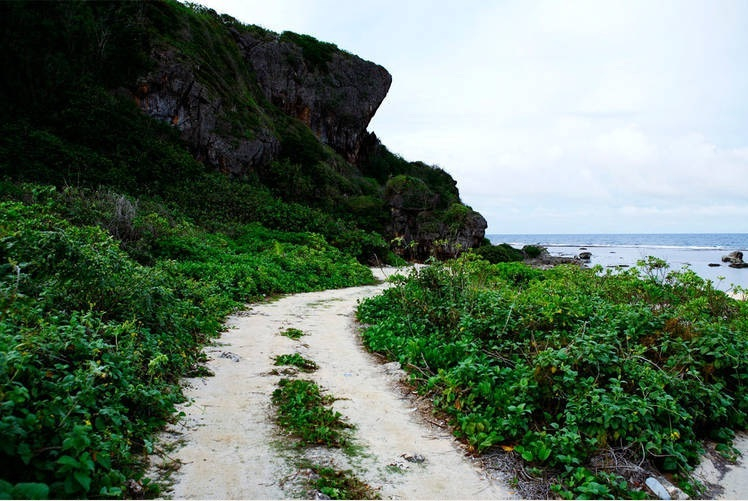
Source: globalgirltravels.com 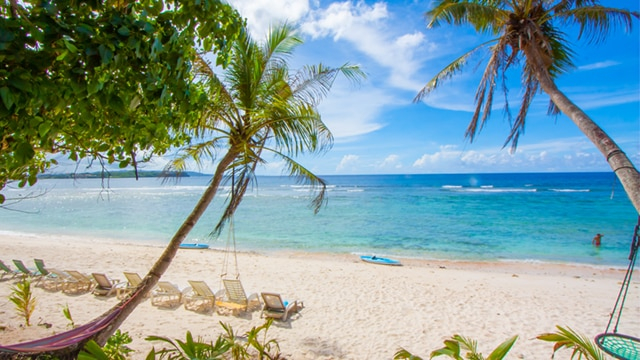
Source: visitguam.com -
A Pacific island wouldn't be complete without beaches, and Guam has plenty of them, some groomed and ready for tourism, and others rougher and more isolated, such as distant Tagachang Beach in the north. The east-facing beaches are safe to swim on because they are sheltered by an outer reef. Tagachang Beach, set amid jungle-covered cliffs, is one of Guam's many gorgeous beaches, but unlike others, it is remote and undeveloped.
It is located on the southeast side of the island, away from the main tourist routes; there are no buses to this beach, so you will need to drive or take a cab. Unlike the beaches of Tumon Bay, Tagachang is calm, yet it is better visited during daytime hours for safety reasons. An outer reef, like those seen on many eastern beaches, breaks the waves and keeps the beach calm and safe for swimming.It's a perfect beach for kids, those who can't swim, or just resting because of its unspoiled position and shallow waters. While the outer reef keeps the beach calm and secure, swimming beyond or on the reef can be dangerous even for the most experienced swimmers, so stay close to the shore.
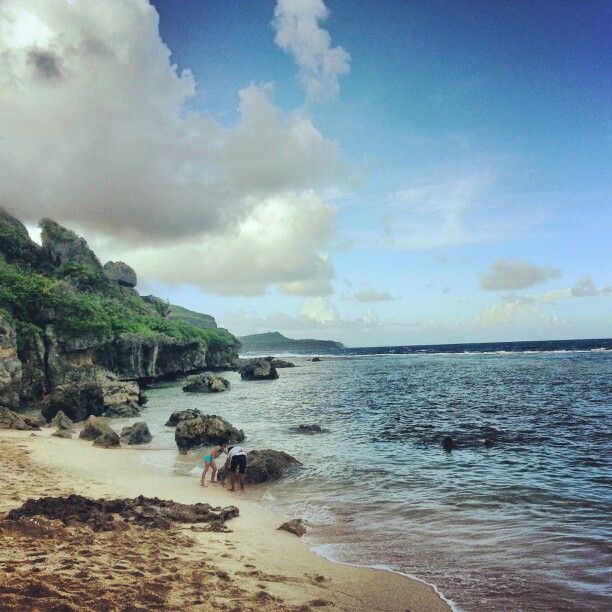
Source: gmedical.com 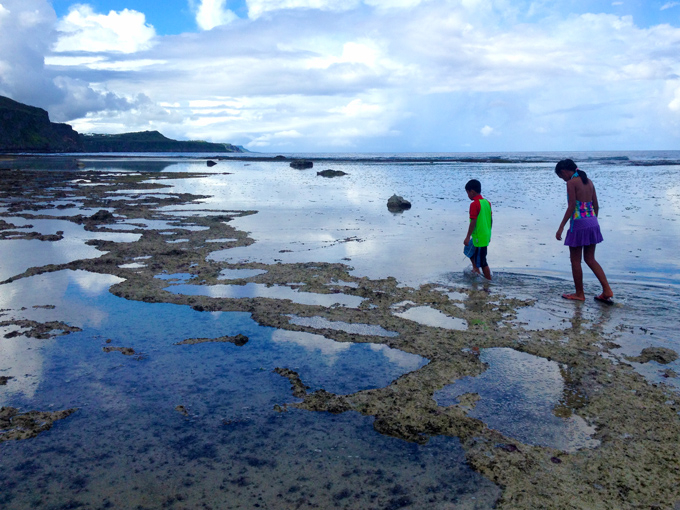
Source: easyviajar.com -
A former battlefield, War in the Pacific National Historical Park honors World War II soldiers while luring visitors with island beaches. While the park is noted for its historical riches, visitors and inhabitants alike are drawn to the island's natural features by the mild climate, sandy beaches, and blue oceans. This is one of the things about Guam you should know.
During World War II, the Pacific Theater covered one-third of the earth's surface but only 1/145th of its total landmass. It entailed tremendous distances, as well as new military strategy, tactics, equipment, and weaponry. It also engaged the United Kingdom, Australia, New Zealand, the Netherlands, Canada, China, France, and the Soviet Union, in addition to Japan and the United States. The inhabitants of the Pacific islands, whose homelands and oceans were battlegrounds, were caught in the middle. Visitors to the park can learn about the events that led up to the Pacific War's breakout, the Battle of Guam, and the Mariana Islands' role in helping to end World War II (1941-1945).
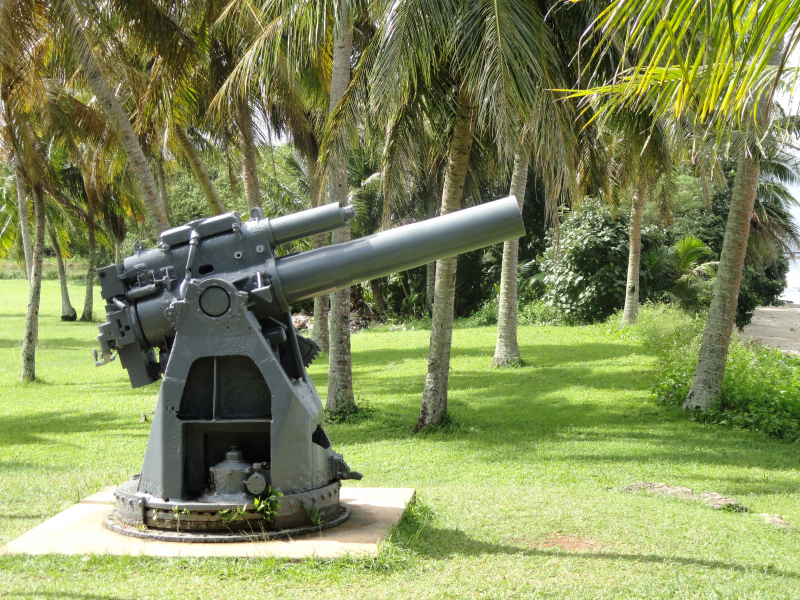
Source: magnificentworld.com 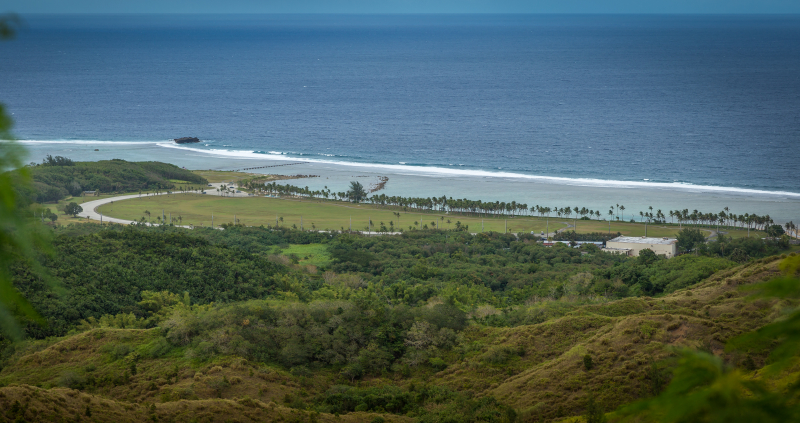
Source: tourist-destinations.com -
Guam isn't instantly thought of as a scuba diving destination, but given its geographic location (it's an island in the Pacific), you can bet there are some excellent diving reefs there. Its water is like a museum, with many wrecks from both World Wars due to its location during WWI and WWII. That explains why this tiny island of barely 544 km2 has almost 20 dive operations. Here is some on the top things about Guam you should know before traveling.
Guam, ironically, features some of the best shipwreck diving locations on the planet, with an undersea armada of freighters, tankers, and bombers. Apra Harbor is a popular shipwreck diving destination. The German merchant ship SMS Cormoran was sunk by an American submarine in World War One, while the Tokai Maru, a Japanese passenger freighter, was sunk by an American submarine in the next generation. The two wrecks are now nestled together beneath the sea, providing access to historic decks and engine rooms for divers.
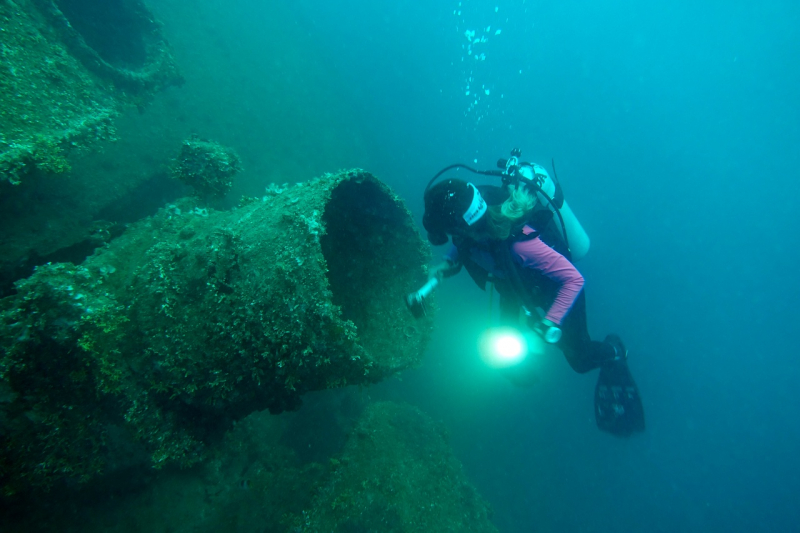
Source: newacttravel.com 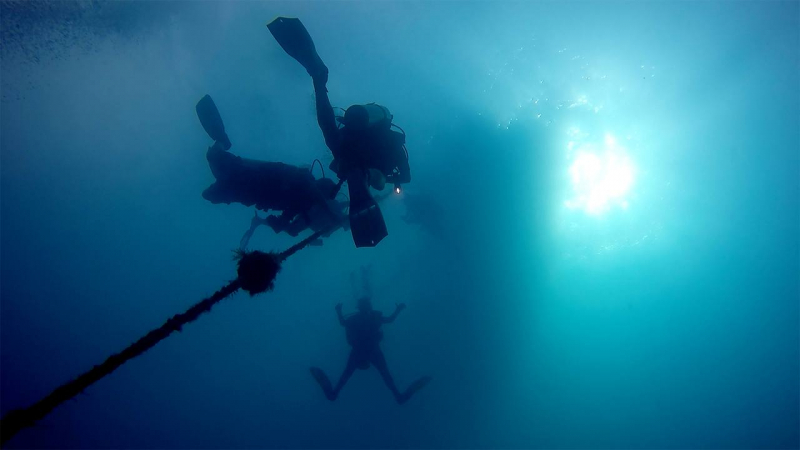
Source: newacttravel.com -
The Blue Hole dive location is located off Guam's western coast. It's been called "Guam's iconic natural feature dive," "the most sought dive site on Guam," and "one of Guam's most popular dive sites," among other things. It's near the entrance of Apra Harbor in northern Agat Bay. Despite its proximity to the Orote Peninsula's southern coast, sheer cliffs make it only possible to dive from a boat, which departs from Cabras Marina in Apra Harbor, about 20 minutes away. The underwater sinkhole's top starts at 60 feet (18 meters) and lowers to about 300 feet (91 m).
However, because the sinkhole is near a wall and has an opening that enables egress at roughly 130 feet (40 meters), it may be considered an advanced recreational dive, depending on the certifying body. To divers inside the sinkhole, the aperture appears to be in the shape of a heart. While the dive boat is connected up to a mooring buoy for entry, exit usually entails deploying a surface marker buoy in an east-to-west current and picking up in the open ocean.
This limestone shaft, located on the southern coast of the Orote Peninsula, entraps divers as they freefall through limestone walls and moray eels. A passageway around 125 feet down permits them to gently climb using another path—despite the fact that the dip beneath their flippers is far deeper than diving safety allows.
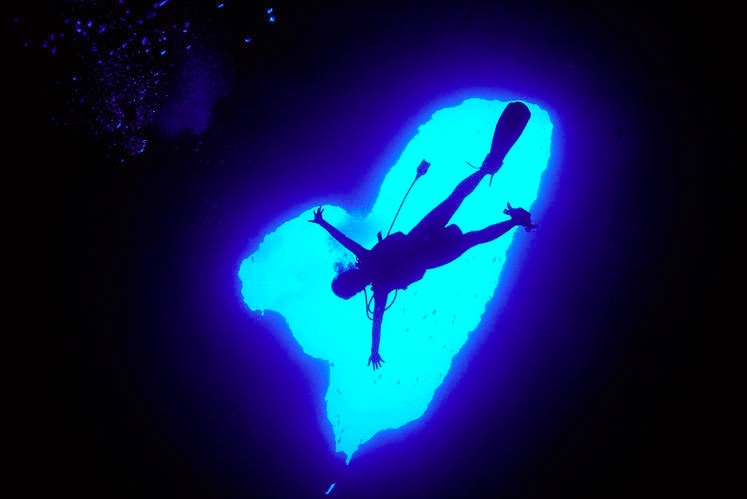
Source: reddit.com 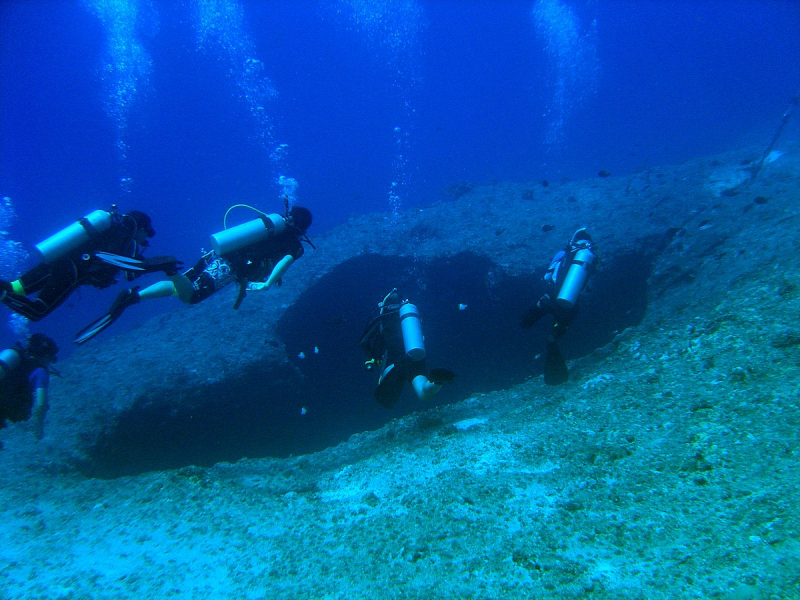
Source: guampdn.com -
Yes, many of Guam's attractions are submerged in 120 feet of water, but even if you're not a diver, there are ways to get below the surface. Atlantis Submarines visits five times a day and specializes in tropical fish. There are 950 different varieties of fish and 300 different types of coral in this section of the Pacific.
In a real submarine, explore Guam's underwater beauty.
• The Atlantis Submarine brings you to depths of 20 to 40 meters underwater, where you can see a variety of coral reefs that have evolved over 1800 years.
• Beautiful air bubbles will surround the submarine as it comes to the surface from underwater.
• A comfortable air-conditioned room where you don't have to worry about the air pressure
• A fun tour of the family, which includes children and even the elderly.
• Take a shuttle boat ride to the submarine, which is located off the lovely shores of Guam.
• Fantastic driving track down the shore to Apra Harbor
• Atlantis submarine functions even when it's raining or windy• High maintenance and operating safety standards
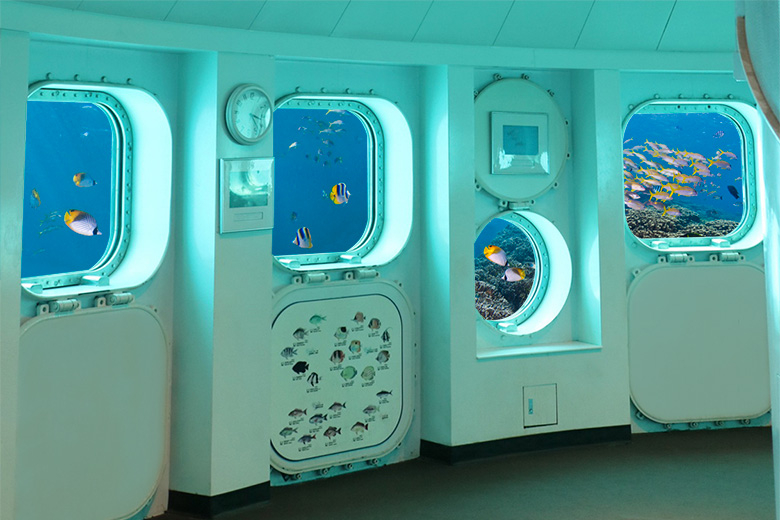
Source: civilbeat.org 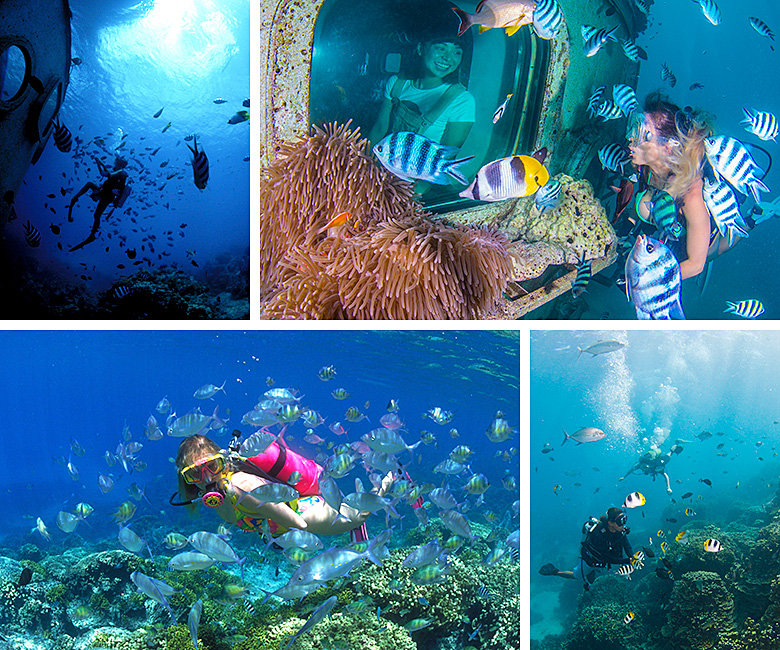
Source: mixofeverything.net -
Talofofo Falls, which is likewise located in Southern Guam, is a popular hiking location that "stomps on the Boonie "While not as densely forested or hilly as French Polynesia or Hawaii, there is still enough forest in the heart of the island and little development to damage it. Therefore, it is one of the things about Guam you should know when coming to this country for your trip.
Talofofo Falls Resort Park is home to one of Guam's most popular waterfalls. The 30-foot waterfall may be seen from above thanks to a cable car. A Guam Historical Museum, Shoichi Yokoi's Cave, Observation Tower, and Ghost House are among the attractions of the Resort Park. Travelers with children should avoid the pornographic statue park "Loveland." A gift shop and an outdoor shooting range are also available. Talofofo Falls Park is open to the public for a modest cost.
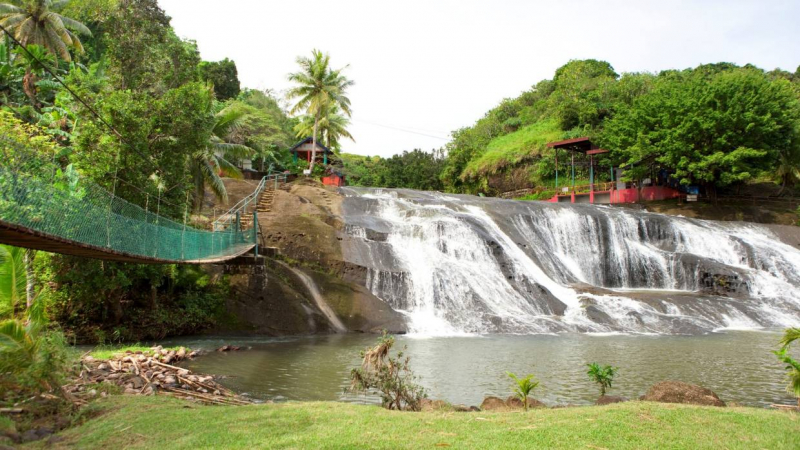
Source: carsguam.com 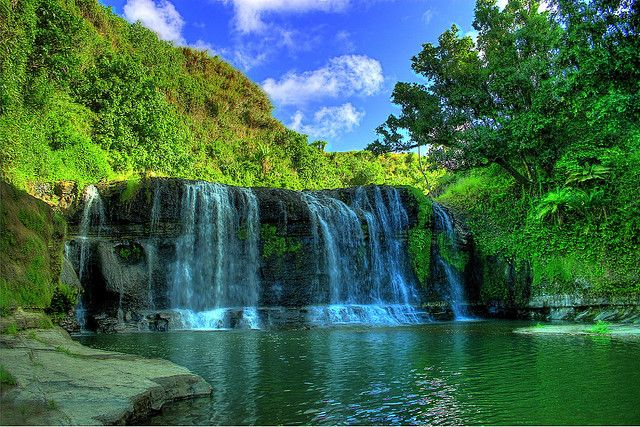
Source: themisanthropesjournal.blogspot.com -
All Guam locals grew up eating Kadon Pika, a simple and traditional Guam meal. This chicken meal is typically served over hot rice with steamed veggies on the side; however, you can pick your own vegetables if you want. If you want your food spicy, you can add peppers and chile to your liking, although it's already really flavorful without them. Everyone will be pounding on your door begging for some once you start creating this meal since it is so aromatic–everyone will want a sample.
Soy sauce, vinegar, and coconut milk are the main ingredients in this dish, as they are in most curry dishes. The secret is to use soy sauce and vinegar as the backbone for a fantastic beef marinade. In addition, soy sauce and spicy sauce are frequently used in the marinating procedure. Of course, if you don't like spicy meals, you may skip the hot sauce section. If you want to wow your Guam friends with your cooking skills, this recipe should do the trick. Because it is such a comfort dish, it will make them feel quite nostalgic. You will be hooked after just one time making this dish; it is one of those dishes that you will never tire of.
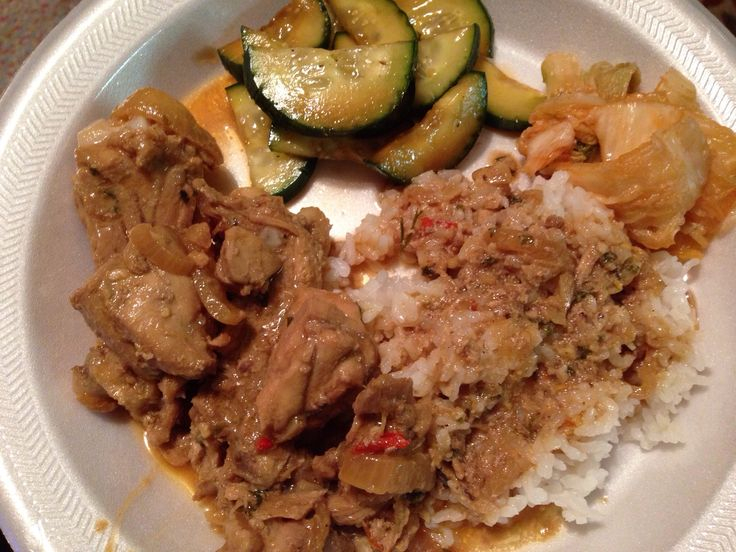
Source: guampdn.com 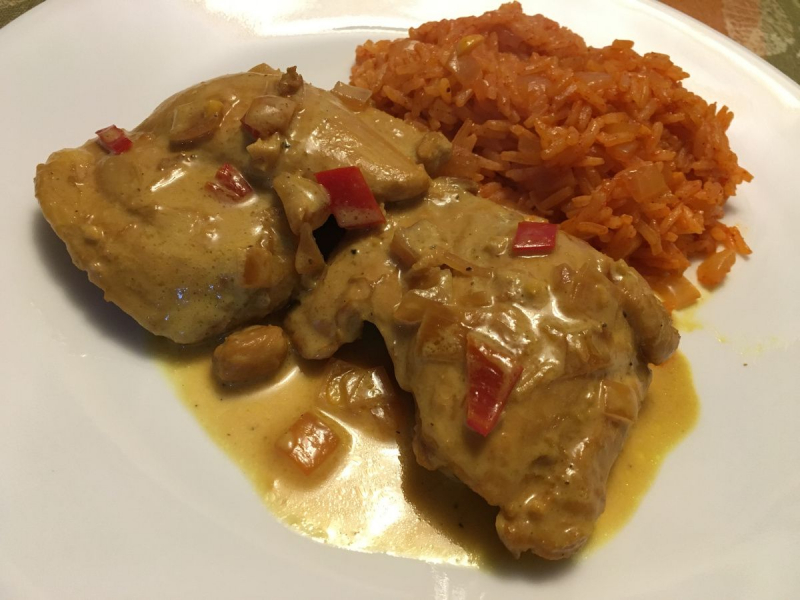
Source: pinterest.com -
Since 1898, Guam has been a United States colony. The colonizer's everyday presence has fluctuated over time, ranging from nearly unnoticeable to pervasive. In Guam today, it is frequently easy to forget that the island remains a colony. Anyone born on the island of Guam is a U.S. citizen. Guam inhabitants have access to American films and television, and students in Guam schools learn about many areas of American culture, history, philosophy, politics, economics, and more. Guam is known as "America in Asia," "Where America’s Day Begins," and even "Tip of America’s Spear..". It is one of the things about Guam you should know before traveling.
Despite its distant location, Guam benefits from its close proximity to the United States. For example, a simple first-class stamp can be used to send a letter back to the mainland. The conveniences of American materialism, such as this store, are also unique to the island. Residents of Guam, however, do not have access to all of the benefits of U.S. citizenship. They can vote in federal primaries but not in presidential elections, and their lone representative is a nonvoting member of Congress.

Source: postguam.com 
Source: mixofeverything.net -
Guam is 13 hours ahead of Washington, D.C. on the other side of the International Date Line. As a result, it is the first American company to enter each new day. "Where America's Day Begins" according to the tourism department (Visit Guam). It's also a site where Asians start their own American adventures, whether it's in the '50s-style eateries crammed with Japanese and Korean tourists, the cluster of shopping malls in Hagatna's main town, or the t-shirt shops adorned with American flags.
"America's Day Begins" on Guam. Yes, Guam is a US territory. Guam is 20 hours ahead of Hawai'i and one day ahead of the United States due to its location 2500 miles west of the International Date Line. We hear army soldiers chanting in the English sections as the sun rises, while children on Guam wave Old Glory, shout "USA," and sing patriotic American tunes. But Guam is also the starting point for injustice, waste, and abuse. "Guam: Where America's Day Begins" says a bumper sticker I despise.
Guam is the United States' westernmost outpost, 15 hours ahead of the Eastern Seaboard time zone. As a result, Guam is also where America's Dream comes to an end. Guam is the first American town to greet each new day, a luxury exemplified by one nonvoting congressman and the concept of "Practicing Democracy in Paradise." Guam's tourist agency promotes the Pacific island as "where America's day begins" a popular destination for Japanese tourists (1 million annually), who contribute to the preservation of our culture.
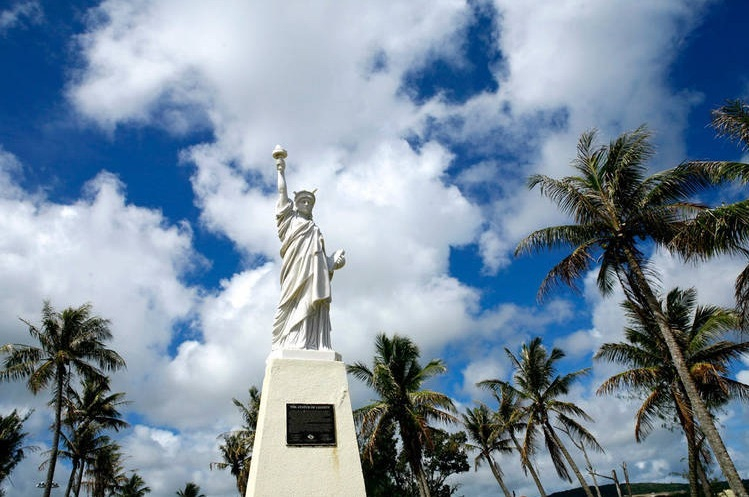
Source: yelp.com 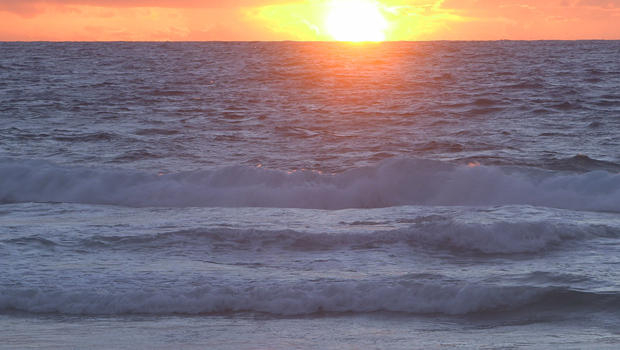
Source: pinterest.com -
There is also a strong Spanish influence. Between 1565 (when Portuguese explorer Ferdinand Magellan arrived here two months before his death) and 1815, the Spain-run galleon commerce plied the Pacific between Acapulco and Manila. As a result, when Mexico proclaimed independence, Spain had no purpose for its four forts on Guam, and after the Spanish-American War, Spain relinquished Guam and Puerto Rico to America. The fort is on the US National Register of Historic Places and is one of the island's most famous tourist attractions for its breathtaking vistas.
Fort Nuestra Senora de la Soledad, built by the governing Spanish between 1802 and 1819, functioned in tandem with three other defenses to keep galleons at port secure from marauding pirates. The fort, which is now on the National Register of Historic Places, has been exhaustively searched by treasure hunters. It was recently converted into a historic park where tourists may learn about the history of the historic structure. Picnicking while taking in views of beautiful Umatac Bay and Guam's western coast is also a great option at this location.
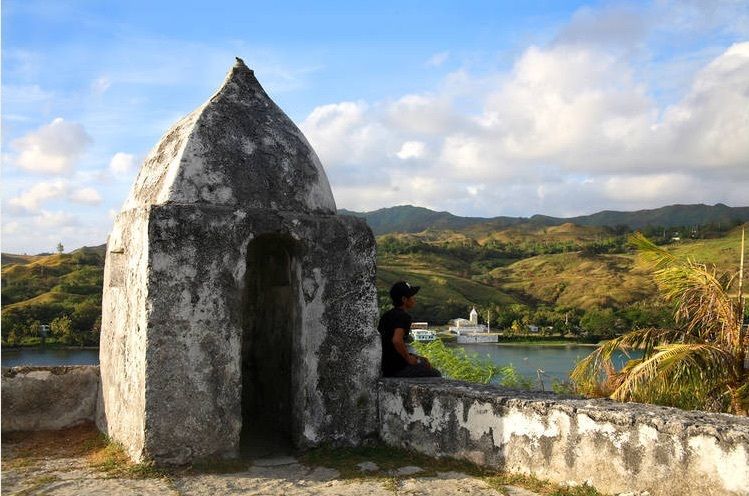
Source: theculturetrip.com 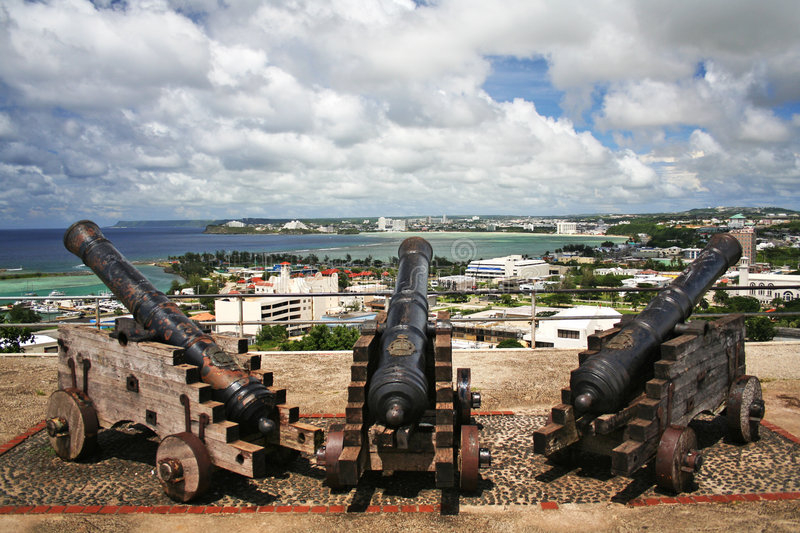
Source: ozy.com -
Guam's unique culture, in addition to its appealing beaches, excellent hotels, and fantastic discounts, is a major draw. Despite conquering conquerors, wars and plagues, and shifting administrations, Guam's strong island legacy continue to endure. Guam's living culture has evolved from a neolithic base and has been shaped by historical events into a lively, modern way of life.
Catholic churches have been the focal point of village life since the 17th century. Even today, each community has a patron saint whose feast day is commemorated with a lavish fiesta attended by the entire island. Fandangos and baptism celebrations are still held at family gatherings (weddings, novenas, funerals, and death-anniversary rosaries). The rich Spanish heritage is evident in all of them.The mestiza, a form of women's dress, and the architecture of Guam's southern communities are examples of Spanish influence. Countless Americans, Europeans, Asians, Micronesians, and other tourists have left their mark on the island's activities and preferences, but nowhere is the island's multi-cultural influence more visible than in its cuisine.
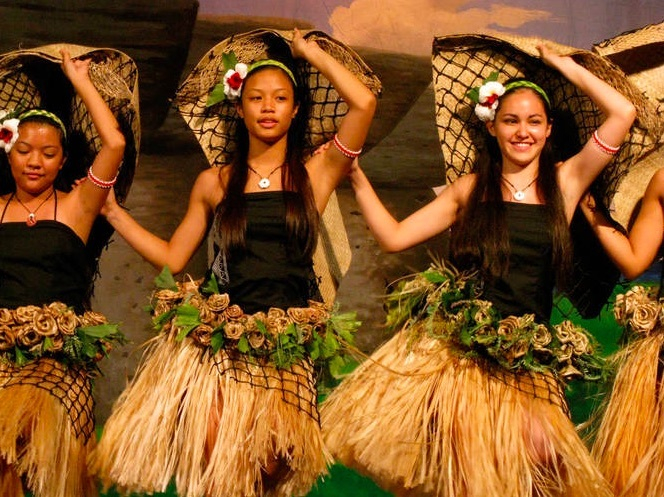
Source: thepointsguys.co.uk 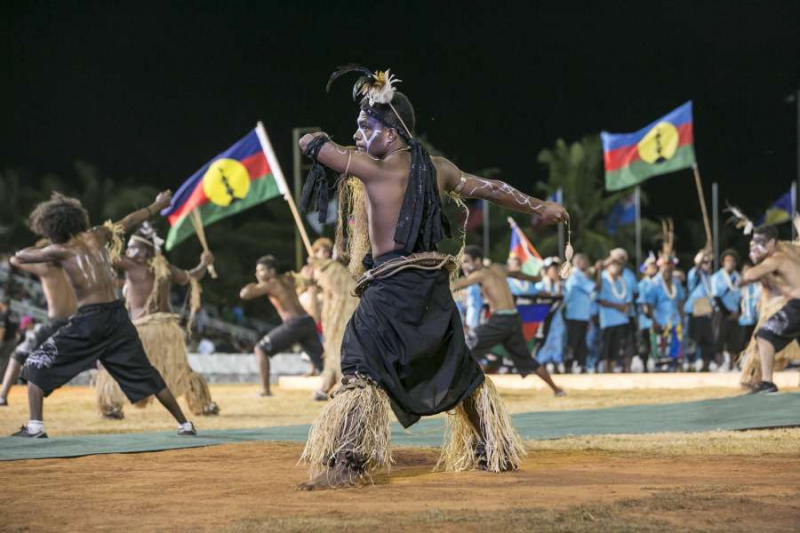
Source: theculturetrip.com















